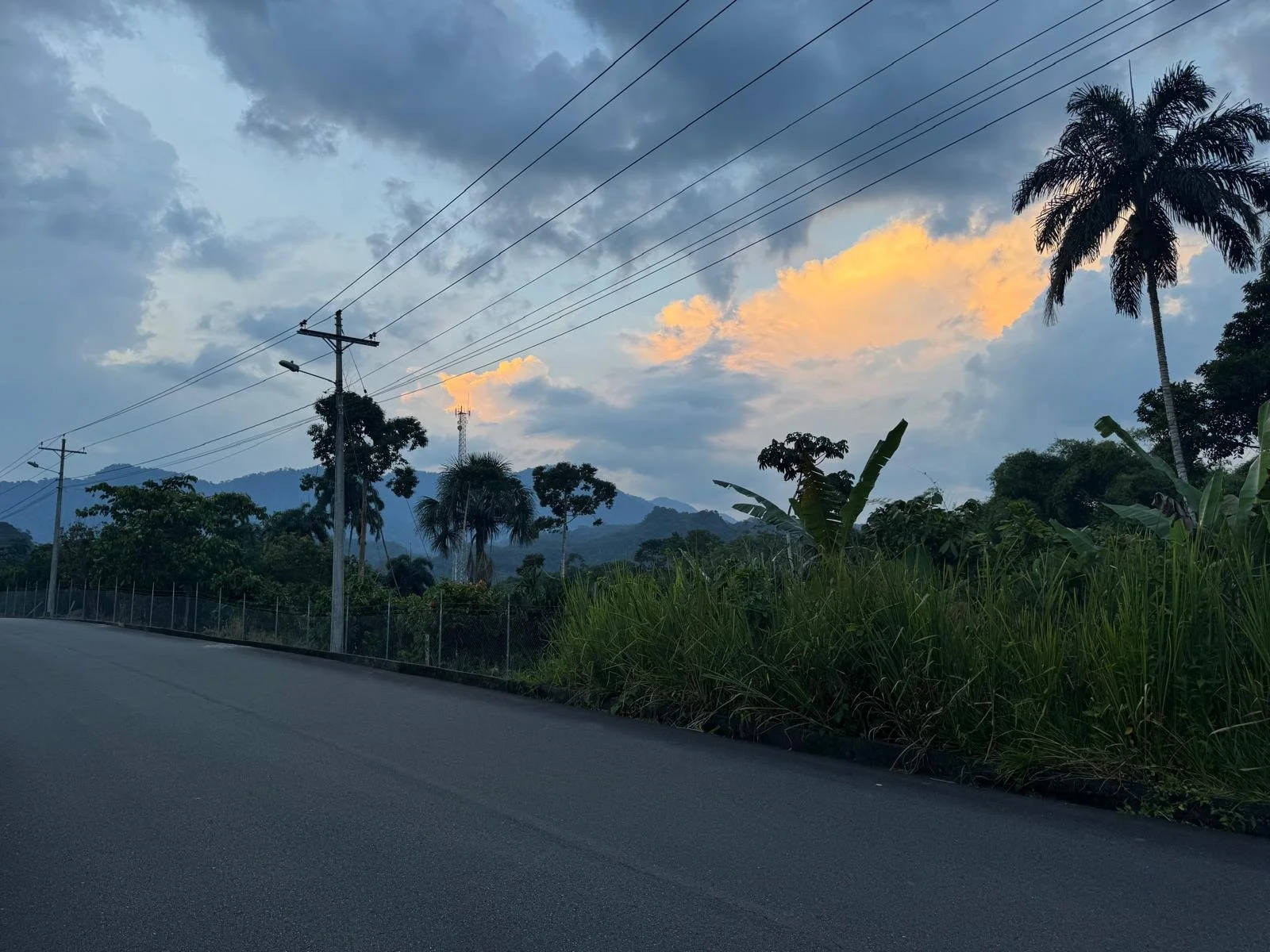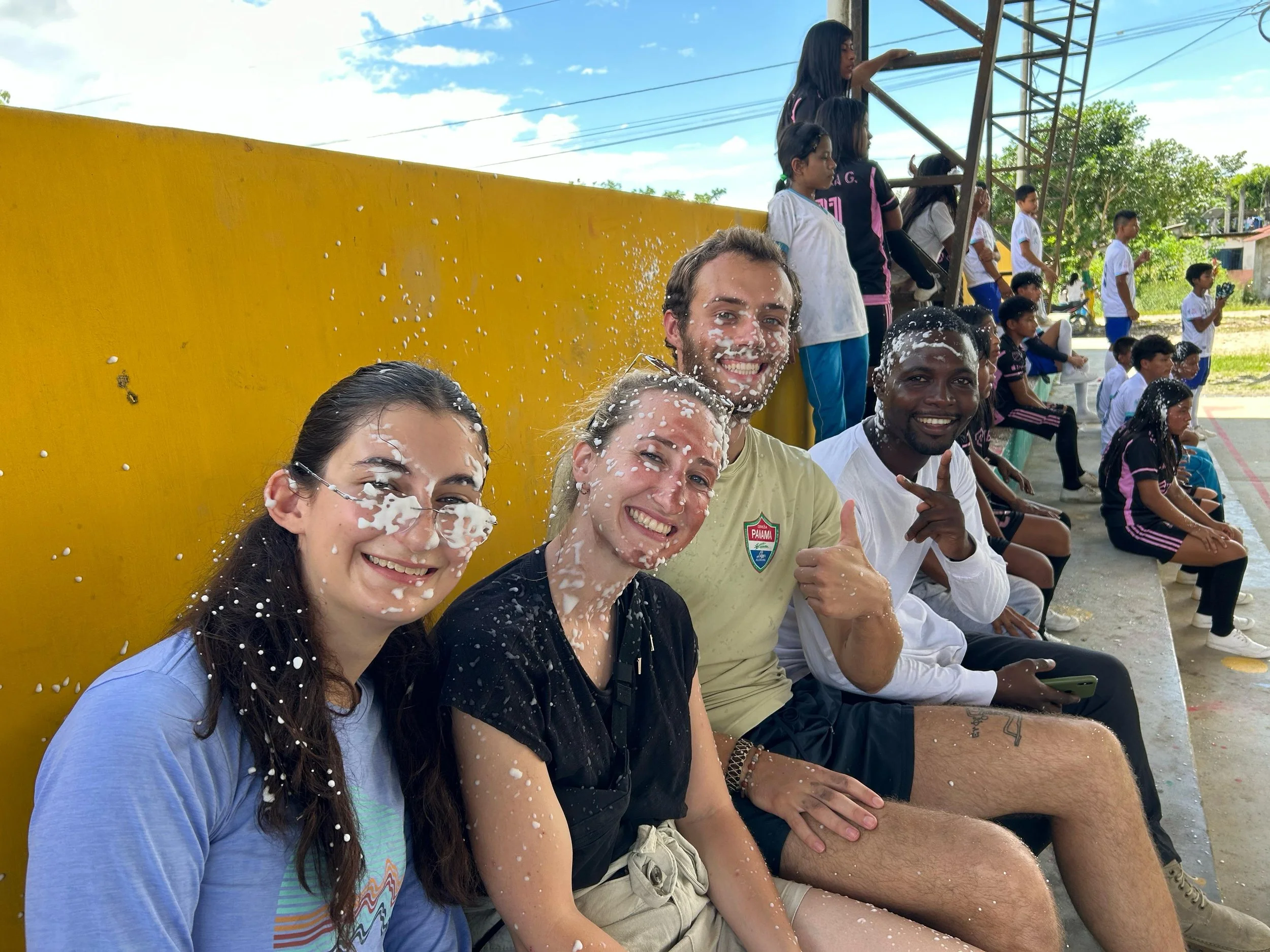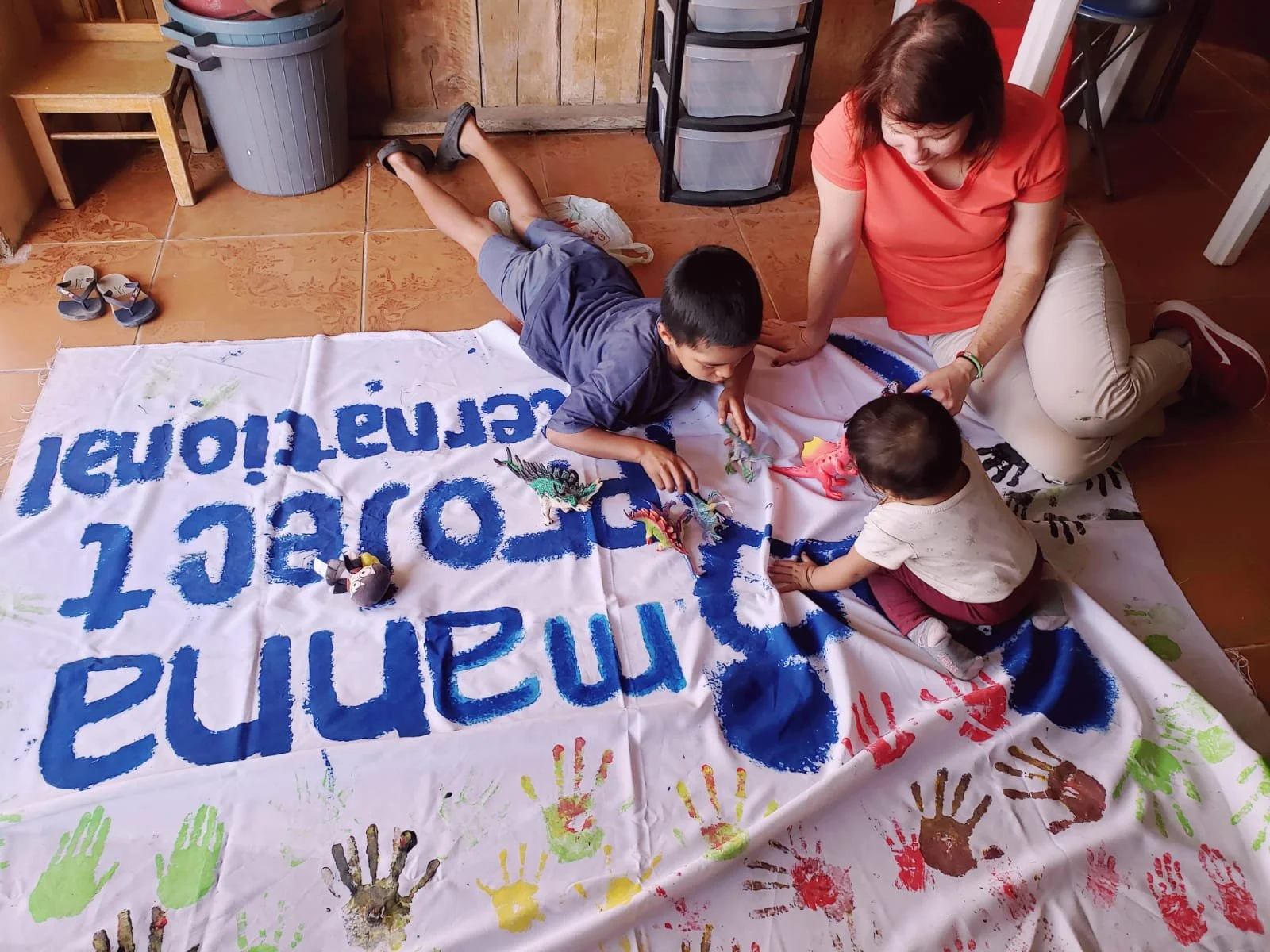By: Muntaha Islam
At Manna Project International, we have a great program in which we virtually connect with an Ecuadorian who would like to practice English every week. As a Floridian who continuously comes into contact with Hispanic culture, especially Puerto Rican and Cuban peoples, participating in the Language Exchange Program here at Manna has benefited me tremendously. I have benefited from practicing my Spanish-speaking with every meeting. My partner and I have even agreed to meet outside of Manna and visit the other’s country (I live in the United States whilst she resides in Ecuador). I adore our many meetings and we never run out of things to talk about. I have learned so much about her life, as she lives quite an adventurous one going bungee jumping, cycling through the mountain paths, being a honey harvester, and riding horses! My partner and I have a lot in common, as we both enjoy making beaded jewelry, drinking tea with honey, and playing with animals. Our interest in the other’s language allows for us to build our language skills in an incredible way, introducing literature, songs, and other media.
In the United States, I have noticed that language learning takes on a role as some sort of an academic necessity rather than a desire to experience another culture. The language exchange program feels like a great friendship, in which you befriend a stranger with the interest of language-learning as a foundation for a strong bond.
Another benefit to speaking to a friend in the target language is shaping your mind to think in more dynamic ways. As an immigrant, I can tell you that the way in which I think whilst speaking my mother tongue (Bengali) and the way in which I think whilst speaking English is completely different! The language itself is a culture in its own, as it models your thoughts and perceptions. Languages change how you see yourself! In the Kuuk Thaayorre language, spoken by the Thaayorre peoples of Australia, it has sixteen words for absolute cardinal directions rather than words related to the subjective sense such as ahead or left. Such usage moulds the Thaayore people to instinctively recognize their place on the globe simply by how their language programs their very senses! Another interesting note is that in Bengali if you were to bruise your knee, you’d say “আমার হাঁটুতে চোট পড়েছে”, which translates to “my knee bruised itself”. In opposition, in English, you’d declare, “I hurt my knee!”; “my knee hurt itself” doesn’t fit into the grammatical structure. In English, the hurting action gets blamed upon the individual, whereas Bengali blames the knee!
In my journey of learning Spanish, I have discovered how descriptive and explicit my thoughts whilst speaking and formatting sentences. It is a very explanatory and sensational language, where how one feels, their opinions, and their perceptions are clearly worded as subjective. The language exchange program at MPI has certainly created an interest in the epistemology behind languages for me!









